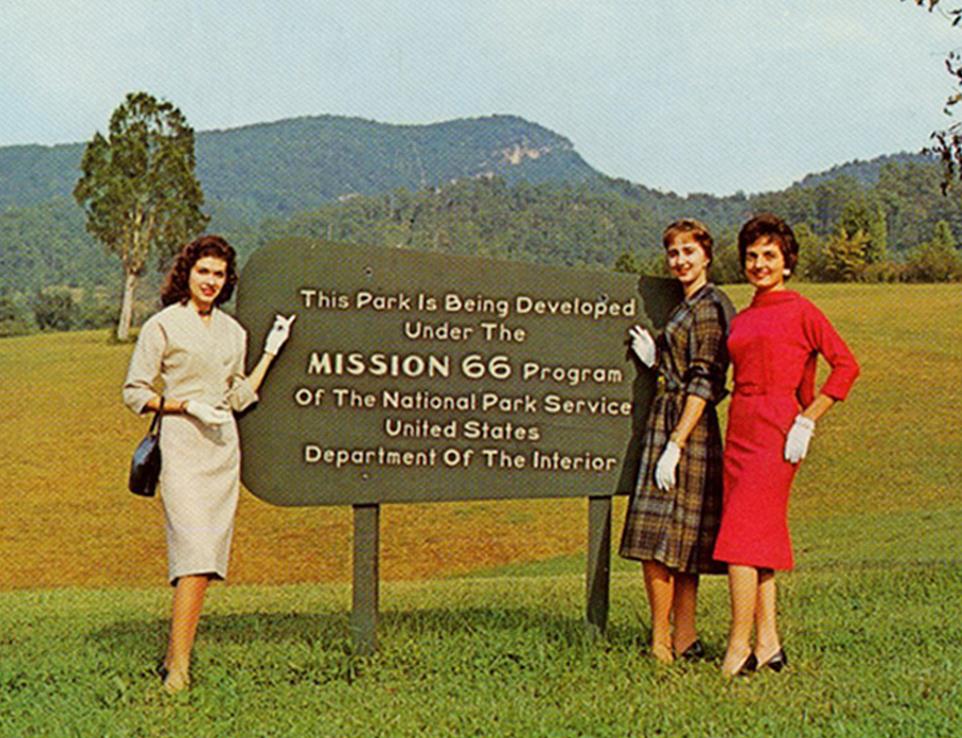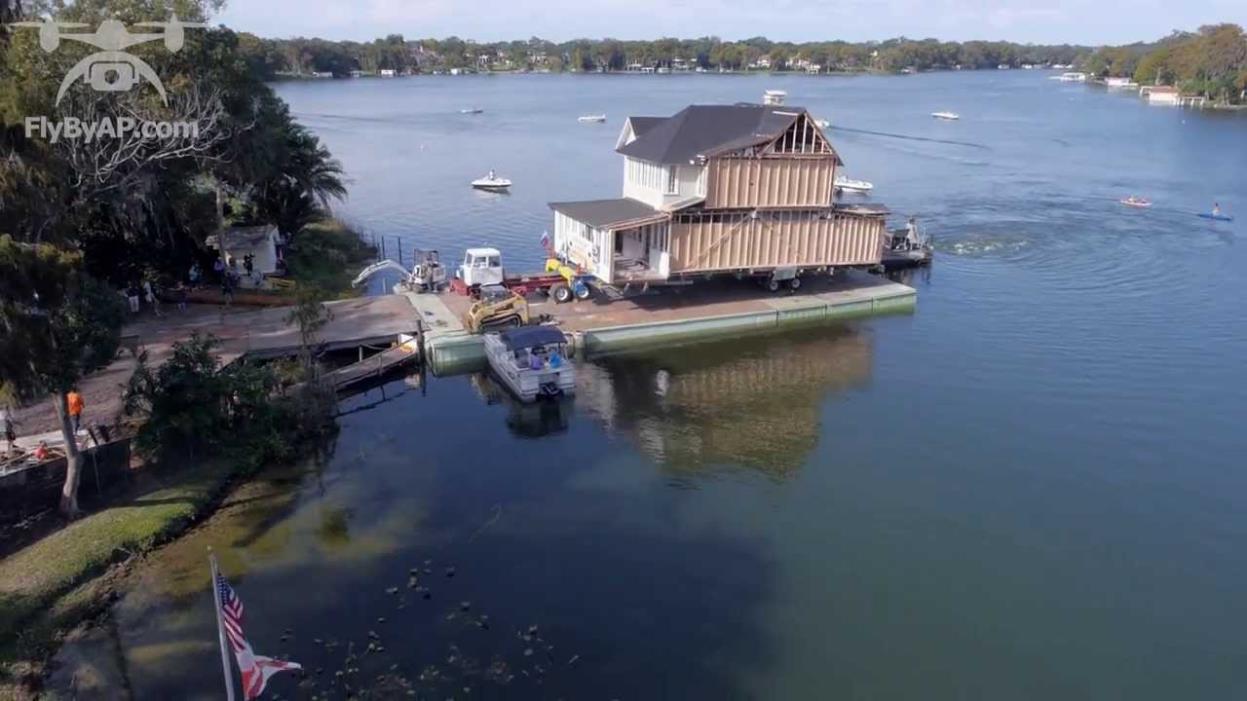
Christine interviewing Veronica Cartwright, star of Hitchcock’s The Birds, onstage at the Los Angeles Theater. Veronica is also known for her work in Alien and Invasion of the Body Snatchers.

Experience the Bates Mansion and Motel as rendered by Josh Jaillet, who brings the buildings back to life in an entirely new fashion. Original 3d renderings © 2022 Joshua Jaillet.
Books - Contributor
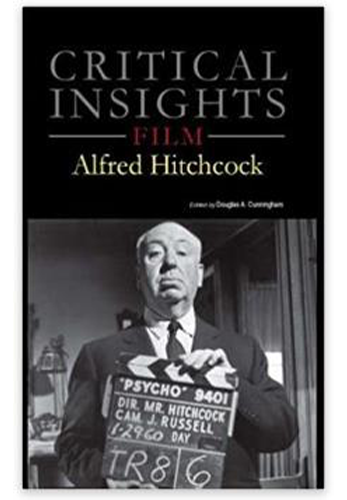
“American Modern Architecture as Frame and Character in Alfred Hitchcock’s Cinematic Spaces,” Critical Insights: Alfred Hitchcock (Douglas Cunningham, ed., Salem Press, 2016). Download a PDF of the essay
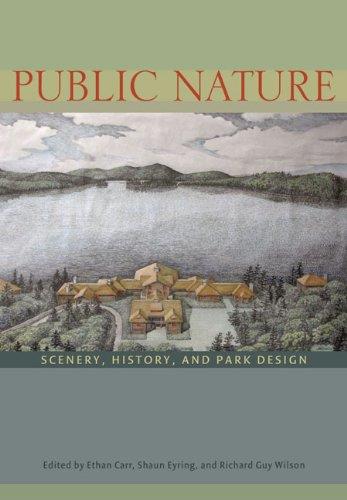
“The Visitor Center as Monument: Re-Contextualizing Richard Neutra’s Cyclorama Center at Gettysburg.” Public Nature: Scenery, History, and Park Design, Ethan Carr, Shaun Eyring, and Richard Guy Wilson, eds., University of Virginia Press, 2013.
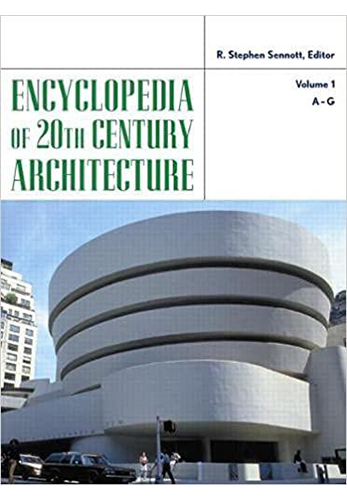
Encyclopedia of Twentieth Century Architecture, Christopher Hudson, ed., by Fitzroy-Dearborn Press, 2002. Contributing writer, “Visitor Centers” entry.
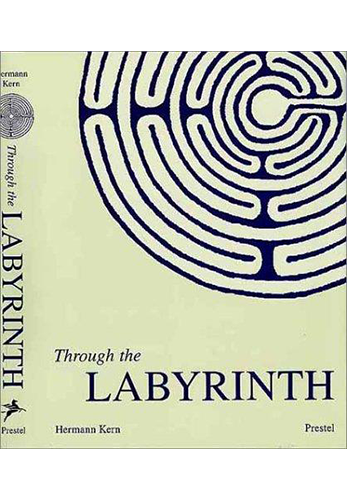
Through the Labyrinth: Designs and Meanings Over 5,000 Years, Hermann Kern, published by Prestel, 2000. Translation Research.
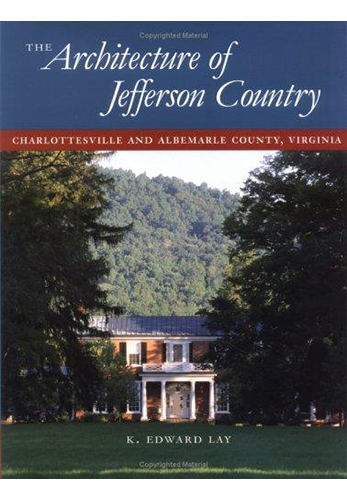
The Architecture of Jefferson Country: Charlottesville and Albemarle County, Virginia.K. Edward Lay, published by the University Press of Virginia, 1999. Digital Development and editorial assistant, Compact Disc Edition and Supplement.

National Geographic Guide to America’s Great Houses, Henry Wiencek, ed., published by National Geographic Society, 1999. Researcher and contributing writer for illustrated guidebook to 150 historic homes in the United States open to the public.

Dictionary of Building Preservation, Ward Bucher, AIA, ed., published by John Wiley & Sons, Inc., 1996. Illustration Editor, Compiled over 400 illustrations for use in the dictionary. Reference text contains 10,000 terms defining buildings, structural elements, materials, and styles.
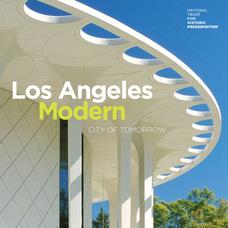
U.S. Modern Architecture. Modern Modules Booklet Series by Christine Madrid French and Elaine B. Stiles. Produced for TrustModern (the Modernism + Recent Past Program at the National Trust for Historic Preservation), a nationwide two-year endeavor aimed at building public support for and engaging in discussions focused on the study and protection of America’s modern architectural resources. The project was funded by grants from the National Endowment for the Arts and the Henry Luce Foundation.
Aspen Modern: America’s International Resort https://issuu.com/madridfrench/docs/aspenmodern
Boston Modern: The Spirit of Reinvention https://issuu.com/madridfrench/docs/bostonmodern
Los Angeles Modern: City of Tomorrow https://issuu.com/madridfrench/docs/los_angeles_modern__the_city_of_tomorrow
Minnesota Modern: Era of Innovation
https://issuu.com/madridfrench/docs/mnmodern
Articles
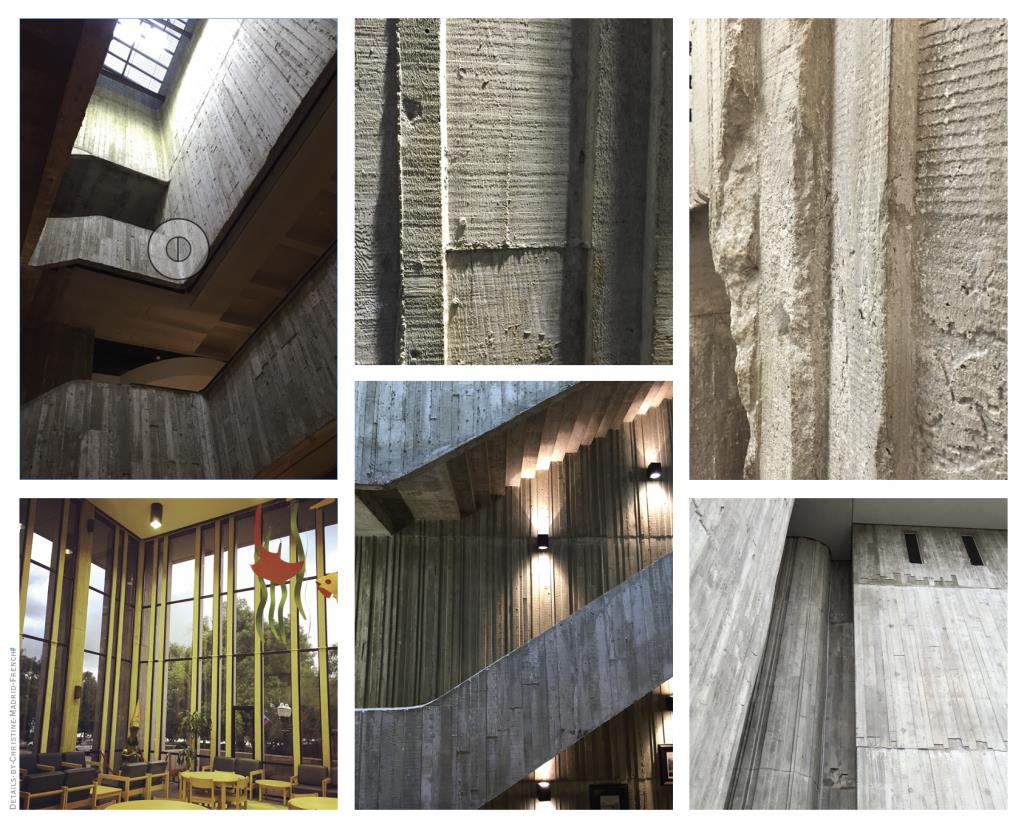
“The Age of Concrete: The Orlando Public Library.” Reflections magazine, Orange County Regional Historic Center, Winter 2017. “When I first moved to Orlando from San Francisco in 2011, a neighbor mentioned that I should visit the “ugliest building” in town. Despite her warnings, I knew I had found an architectural treasure when I laid my eyes upon the enormous, striated concrete structure she had mentioned. In 1962, the citizens of Orlando passed a Civic Improvements Bond issue that provided a million dollars to replace the Albertson Public Library, a Neoclassical-style structure that opened in 1923. For the new building, at the corner of Rosalind Avenue and Central Boulevard in downtown, the city selected the Connecticut-based architect John Johansen (1916-2012) to create a signature design that represented an expansive new era in Central Florida. Johansen was one of the “Harvard Five,” influential architects who studied with Walter Gropius, himself a pioneer in modernism and the founder of the Bauhaus, a significant design school in 1930s Germany. More information on this historic building here.
“MidCentury Modern: Winter Park’s Hidden Heritage,” Preservation Winter Park (FL). “On the surface, the wildly popular television show “Mad Men,”set in the 1960s, chronicled the life of high-flying advertising executive Donald Draper and his stylish coworkers. On a broader, cultural level, however, the show can be credited with a bringing about a national resurgence of mid-century mania…While you may have been following this trend, were you also aware that Winter Park boasts an extensive inventory of midcentury gems? Indeed, Winter Park’s renowned architectural heritage includes important but lesser-known structures from the middle-twentieth century, often referred to as Mid-Century Modern.”
“Discover Outstanding Architectural Marvels Around Tampa Bay.” Visit Tampa Bay. Tampa Bay is a culture-lover’s destination, thanks to architecture, history, and arts influenced by a rich blend of backgrounds. From ornate Moorish minarets to sleek Modernist facades, this waterside city offers a wealth of diverse attractions, most located within easy walking distance of downtown. Follow me on an architecture tour that reveals the city’s diverse history and innovative future.
“Preserving Mission 66 Modernism.” Preservation Leadership Forum, National Trust for Historic Preservation. July 10, 2014. Can you imagine a trip to the national parks without stopping at the visitor center? Or seeing St. Louis without its landmark Gateway Arch? Both the proliferation of the visitor centers and the completion of Eero Saarinen’s design for the Arch are the result of the National Park Service’s Mission 66 program, a 10-year, billion-dollar effort to improve the visitor experience at the parks and construct new facilities nationwide in the mid-20th century.
“Saving the Modern Century: Future Visions for Historic Preservation.” Preservation Leadership Forum, National Trust for Historic Preservation. March 6, 2014. “I am relieved to see progress after two decades of advocacy work on behalf of American modernism. However, the overall idea of saving the “recent past” —which now includes structures dating from the late 1980s—or heralding the architectural significance of maligned styles such as Brutalism, remains our biggest challenge. Staying ahead of the bulldozer tsunami requires that we think as “futurists.” Not an easy task for people that focus intensely on illuminating the past. Preservationists need to consider innovative strategies and new perspectives to guide the field over the next 50 years. How will our built environment look in 2066, at the 100th anniversary of the National Historic Preservation Act?”
“For the Love of Concrete: What Happens When You Heart Brutalism Not Trash It.” Big Red and Shiny, March 18, 2013. Brutalist buildings are the great unloved structures of our time. No other style of architecture can get a rise out of the public faster than an all-concrete behemoth in the center of town, usually surrounded by an abandoned, windblown plaza. But, what happens when a historic Brutalist design is celebrated rather than rejected? What might result if more communities decided to love their twentieth-century-concrete city halls, schools, airports, and churches, rather than trash them?
“Florida Group Floats (Yes, Floats) a Historic House to Safety,” HuffPost, Feb. 6, 2014. “The effort began with a crisis all too familiar to preservationists: New owners of a historic home on a premium lakeside lot announced plans to tear it down and rebuild on site. In June 2013, thanks to skillful mediation, the owners agreed to postpone demolition by six months and donate the 128-year-old-house to anyone who could move it. This short reprieve gave advocates a key window of opportunity….More than 400 people, a number of foundations, and the Board of Trustees of the Polasek Museum Foundation donated to the project. With their help, Preservation Capen raised $550,000 in six weeks with no advance notice and only a shoestring budget.” See video of the move here.
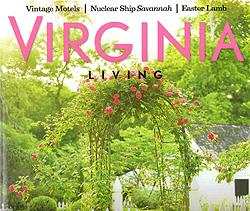
“Wish You Were Here: Rediscovering Vintage Motels,” Virginia Living, April 2006. Photos by Sascha Pflaeging. “Family Motels. They are disappearing, but some have survived, taking visitors back to the era of motor courts and coffee shops.”
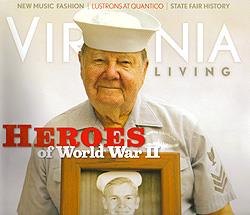
“Quantico Pre-Fabs,” Virginia Living, October 2006. Photos by Tyler Darden. “A legacy of the Enron of the ’50s, Lustron’s last stand is at Marine Base Quantico. Christine Madrid French wonders if the second time is the charm for these endangered structures.”
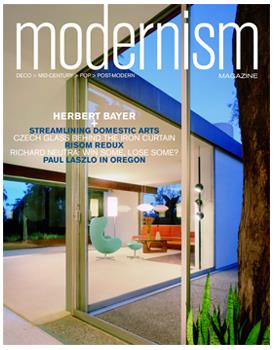
“Bulldozing a Masterpiece: Richard Neutra’s Modernist Gettysburg Memorial,” Modernism, Summer 2005.
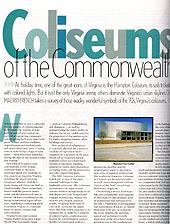
“Coliseums of the Commonwealth,” Virginia Living, December 2004. Photos by Sascha Pflaeging. First Place Award for Whole Issue, Design and Presentation, by the Virginia Press Association. “At holiday time one of the great icons of Virginia is the Hampton Coliseum, its sails tricked out with colored lights. But it isn’t the only Virginia arena; others dominate Virginia’s urban skylines. Chris Madrid French takes a survey of those wacky, wonderful symbols of the ’70s, Virginia’s coliseums.”
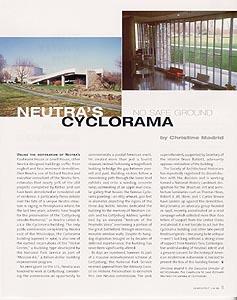
“Neutra’s Cyclorama: No Safe Ground,” L.A. Architect, July/August 2000, 11.
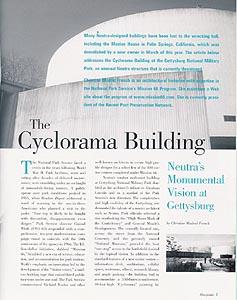
“The Cyclorama Building: Neutra’s Monumental Vision at Gettysburg,” National Building Museum, Blueprints, June 2002, 7-9.


